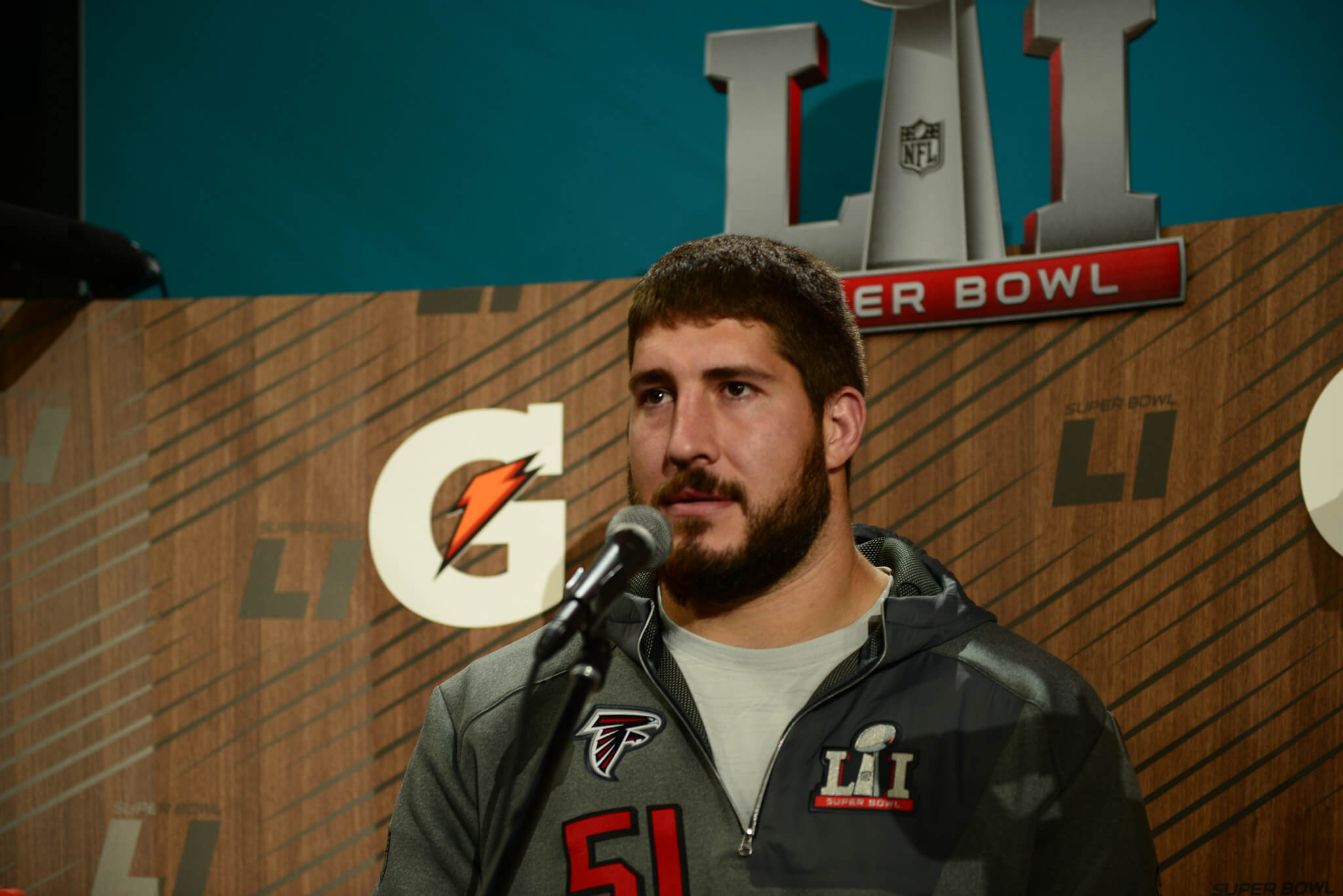The NFL lineman risked two existing fibula injuries for the big game.

Alex Mack of the Atlanta Falcons played in 2017’s Super Bowl LI with a fibula fracture. Mack suffered the fracture during the Falcons’ NFC Championship Game win over the Green Bay Packers, but it was not discovered until after the game. The injury was slightly above a metal plate in Mack’s distal fibula, which was inserted in 2014 to fix a previous fracture.
First off, this is not something any normal athlete should do. But it is not the first time a player has played in a Super Bowl game with a fracture. Thomas Davis of the Carolina Panthers played with a broken arm in 2016’s Super Bowl L, and Terrell Owens of the Philadelphia Eagles played with a broken fibula during Super Bowl XXXIX in 2005.
Fibula fracture in football
Although it is possible to play with a fibular fracture, it is not something that should be taken lightly. The fibula is a mostly non-weight bearing bone, accounting for roughly 3 percent of the body weight carried by the leg. This is why an athlete may be able to continue to play, as Mack did in the NFC Championship game and Super Bowl.
Pain is the primary consideration for playing with this type of injury. But the fibula provides stability to the ankle joint, which means that an injury to the fibula risks compromising ankle stability.
When it comes to playing football, ankle stability is vital. Especially for an offensive lineman such as Mack who needs support to dig in and block oncoming defensive linemen during a pass rush, or to be able to push off and drive an opponent during run blocking. While the fibula’s main role is providing stability during rotational movements, the amount of force that Mack receives during impact while blocking is enough to stress the joint significantly.
Mack’s previous injury
The previously inserted metal plate in Mack’s bone did not help matters. Steel is less easily deformed than bone, meaning that the bone is more affected when force is applied. This likely led to injury occurring at the top of the plate.
This injury was still something Mack was able to play through, but the amount of force that the bone absorbs during blocking left it prone to further injury. The fracture that Mack suffered could have become much worse with one wrong move during the big game. He certainly got lucky.



